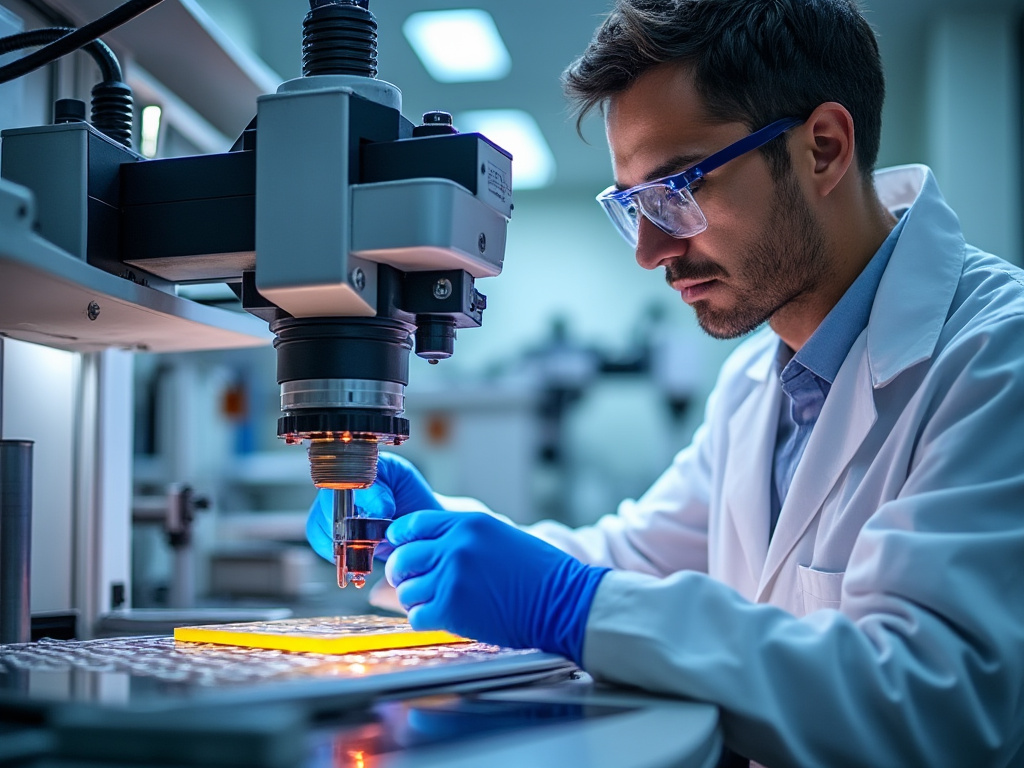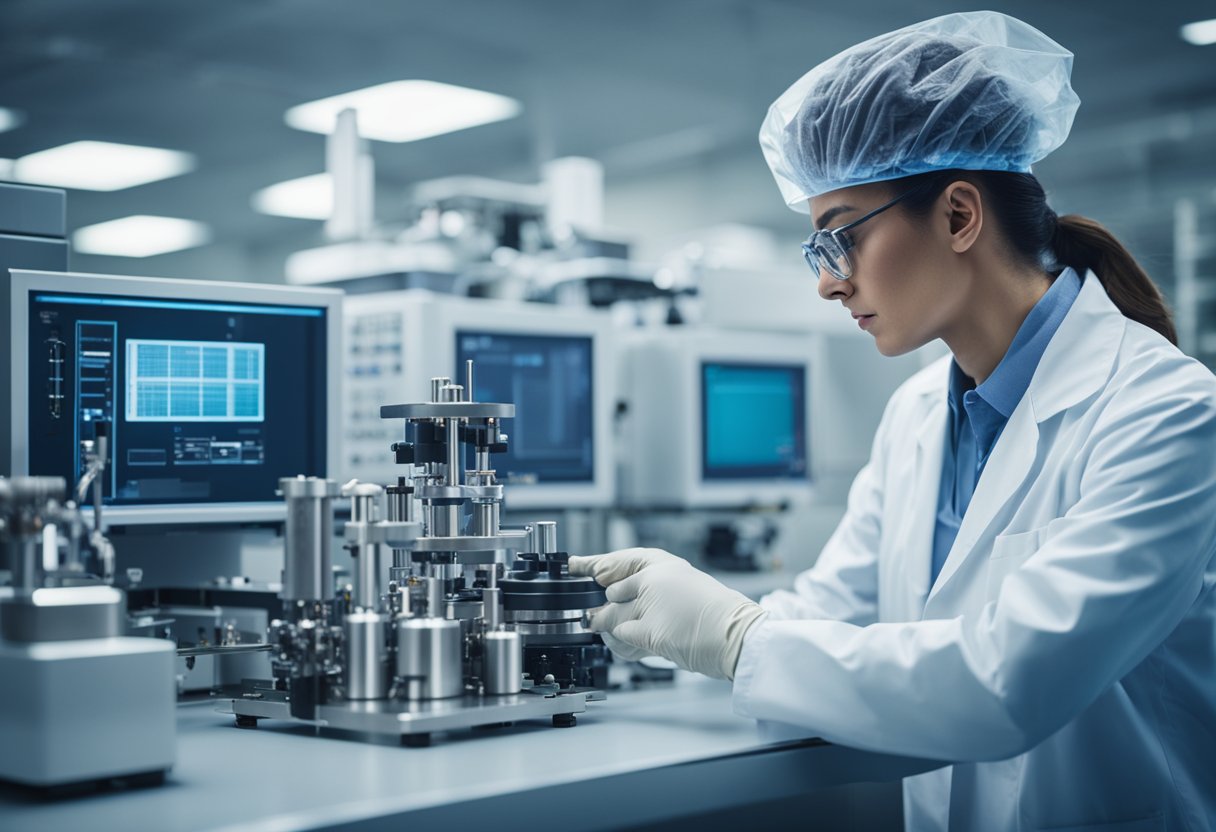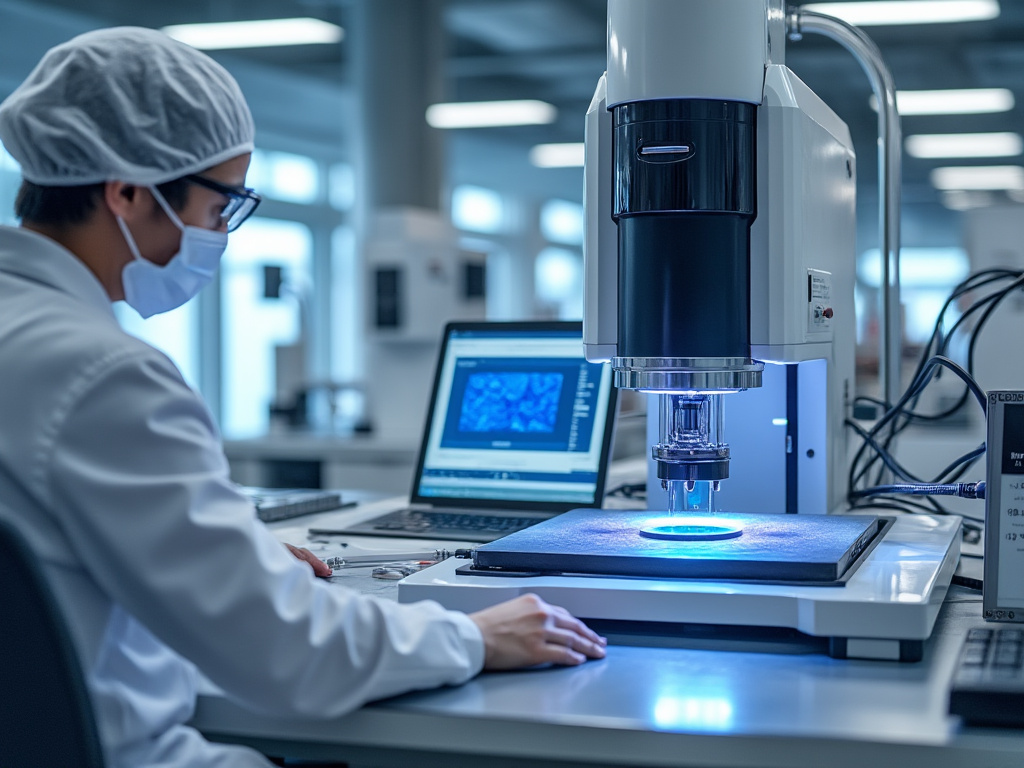Atomic Layer Deposition (ALD) is revolutionizing the world of thin film technology. This innovative process allows for the creation of ultra-thin, uniform layers of material with precise control at the atomic scale. ALD enables you to deposit films as thin as a single atom, opening up new possibilities in electronics, solar cells, and nanotechnology.

You might be wondering how ALD works. It’s a cyclical process where precursor gases are introduced sequentially into a reaction chamber. Each cycle deposits a single layer of atoms onto a substrate, building up the desired film thickness one atomic layer at a time. This level of control is unmatched by other deposition techniques.
ALD’s unique capabilities make it invaluable for producing high-quality thin films in various applications. From enhancing the efficiency of semiconductor devices to improving the durability of medical implants, ALD is pushing the boundaries of what’s possible in materials science. As you explore this fascinating technology, you’ll discover its potential to shape the future of numerous industries.

Atomic Layer Deposition (ALD) is a precise thin film deposition technique used extensively in the semiconductor industry. It relies on sequential, self-limiting surface reactions to achieve atomic-level control over film growth.
ALD utilizes alternating pulses of reactive gas-phase precursors. Each precursor reacts with the substrate surface in a self-limiting manner. This means the reaction stops once all available surface sites are occupied.
Between precursor pulses, the chamber is purged with inert gas. This removes excess reactants and byproducts. The process then repeats with the next precursor, building up the film one atomic layer at a time.
ALD’s chemical selectivity allows for precise control over film composition. You can tailor the material properties by selecting appropriate precursors and reaction conditions.
ALD offers exceptional uniformity and conformality. Films grow evenly on complex 3D structures, including deep trenches and high-aspect-ratio features.
The self-limiting nature of ALD reactions provides precise thickness control. You can achieve Angstrom-level accuracy by controlling the number of deposition cycles.
Deposition temperature plays a crucial role in ALD. It affects reaction kinetics and film properties. Typical ALD processes operate between 100°C and 350°C, depending on the materials involved.
ALD growth rates are typically slow, around 0.1 nm per cycle. This allows for exact control but can limit throughput in some applications.
Thermal ALD relies solely on heat to drive surface reactions. It’s widely used for oxide and nitride films in semiconductor manufacturing.
Plasma-Enhanced ALD (PEALD) uses plasma species to enhance reactivity. This allows for lower deposition temperatures and access to a broader range of materials.
Spatial ALD separates precursors in space rather than time. It enables higher throughput for some applications, particularly in roll-to-roll processing.
Vapor Phase Infiltration (VPI) is an ALD variant used to modify existing materials. Precursors diffuse into porous substrates, allowing for bulk property changes.

Atomic Layer Deposition (ALD) has revolutionized various industries with its precise thin film deposition capabilities. Its applications span from cutting-edge electronics to advanced energy solutions, driving innovation across multiple sectors.
ALD plays a crucial role in fabricating semiconductor devices and integrated circuits. You’ll find it used extensively in producing field-effect transistors (FETs), including FinFETs, where conformal coating is essential. The technique enables the creation of ultra-thin dielectric layers, reducing leakage current in DRAM and other memory devices.
In photovoltaics, ALD contributes to the development of high-efficiency solar cells. Its ability to deposit uniform layers enhances the performance of perovskite solar cells. The precise control over film thickness and composition improves electronic properties and energy conversion efficiency.
Recent developments in ALD have expanded its capabilities and applications. Area-selective ALD allows for patterned deposition without the need for additional etching steps. This innovation is particularly valuable in creating complex nanostructures for advanced electronics.
The introduction of new precursors and processes has enabled the deposition of a wider range of materials. Hafnium-based compounds, for instance, have become crucial in high-k dielectric applications. Self-assembled monolayers (SAMs) are now used to modify surface properties and control film growth.
Gas sensors benefit from ALD’s ability to create highly sensitive and selective detection layers. The technique’s precision in depositing thin, uniform films enhances sensor performance and reliability.
ALD has successfully transitioned from research labs to large-scale industrial production. Mass production techniques have been developed to increase throughput while maintaining the high precision ALD is known for. These advancements have made ALD viable for manufacturing consumer electronics and other high-volume products.
The technique’s excellent step coverage and thickness uniformity are particularly valuable as device feature sizes continue to shrink. You can achieve near-perfect conformality on complex 3D structures, which is critical for next-generation semiconductor devices.
ALD’s precision extends to energy storage applications. The ability to create uniform, pinhole-free coatings improves the performance and longevity of battery electrodes and supercapacitors.

Atomic layer deposition is a sophisticated thin film deposition technique with diverse applications. It offers unique advantages in precision and control for nanoscale manufacturing.
Atomic layer deposition (ALD) uses sequential, self-limiting surface reactions. You introduce precursors one at a time, allowing each to fully react before the next is added.
Chemical vapor deposition (CVD) involves continuous flow of multiple precursors. The reactions occur simultaneously in the gas phase and on the substrate surface.
ALD provides more precise control over film thickness and composition. It also offers better conformality on complex 3D structures.
ALD is widely used in semiconductor manufacturing. You’ll find it critical for producing high-k dielectrics and metal gates in advanced transistors.
The technique is essential for fabricating DRAM capacitors and NAND flash memory. It’s also used to create thin, conformal barrier layers in microelectronics.
ALD plays a key role in producing thin film solar cells and batteries. The medical industry uses it for biocompatible coatings on implants.
ALD can deposit a wide range of materials. You can create oxide films like aluminum oxide, titanium dioxide, and zirconium oxide.
Nitride films such as titanium nitride and tantalum nitride are common in ALD processes. Metal films including platinum, ruthenium, and copper can be deposited.
Some sulfide materials and certain polymers are also compatible with ALD techniques.
Film conformity in ALD results from its self-limiting surface reactions. Each precursor reacts only with available surface sites.
This process ensures uniform coverage, even on complex 3D structures. You get consistent film thickness on all exposed surfaces, including deep trenches and holes.
The slow, controlled nature of ALD allows precursors to diffuse into tight spaces. This results in excellent step coverage and conformal coatings.
A vacuum chamber is crucial for ALD processes. You need precise gas delivery systems to control precursor flow.
Temperature control is vital, often requiring heated substrate holders. Plasma sources are necessary for plasma-enhanced ALD techniques.
Pumping systems maintain proper vacuum levels. In-situ monitoring tools like quartz crystal microbalances help track deposition rates.
The semiconductor industry is the primary user of ALD. You’ll find it extensively employed in fabricating integrated circuits and memory devices.
Solar cell manufacturers rely on ALD for thin-film photovoltaics. The aerospace industry uses it for protective coatings on turbine blades.
ALD is gaining traction in energy storage, particularly for advanced battery technologies. Optics and display manufacturers also utilize ALD for various coatings.